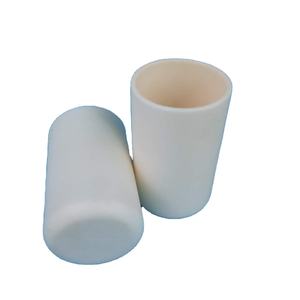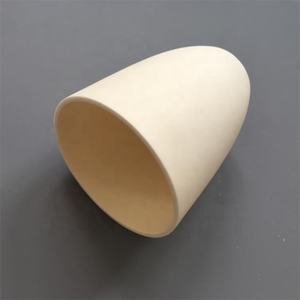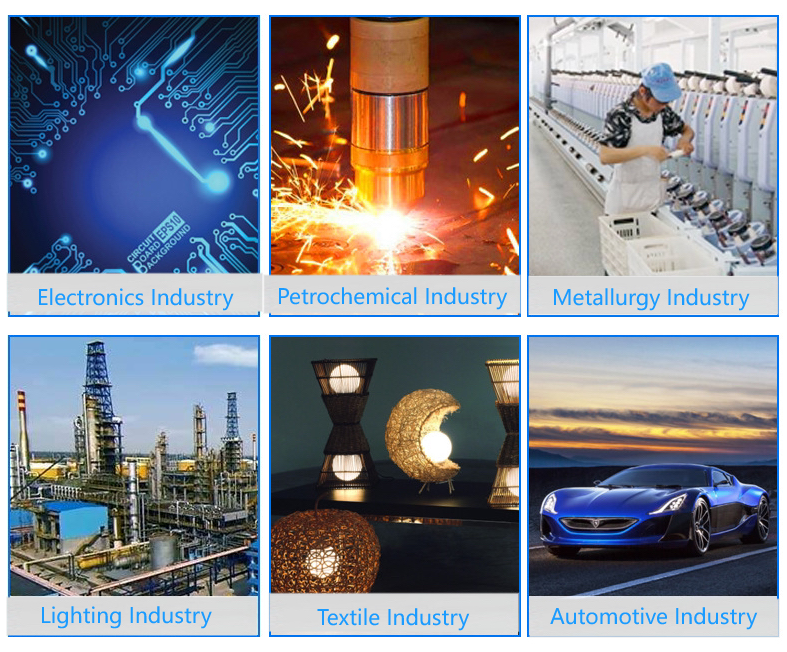Professional industry ceramic supplier, silicon nitride, silicon carbide, aluminum nitride and any other kinds of ceramics.
PRODUCT PARAMETERS
Description
Overview of Industry Whole Alumina Ceramic Crucible
Industry Whole Alumina Ceramic Crucible are specialized containers designed for withstanding extremely high temperatures in laboratory and industrial settings. They are essential for processes such as melting, calcining, and heat-treating a wide variety of materials, including metals, glasses, and chemicals. Our crucibles are engineered for superior thermal stability and chemical resistance, ensuring purity and reliability in the most demanding applications.
Features of Industry Whole Alumina Ceramic Crucible
-
Exceptional Thermal Shock Resistance: Withstands rapid temperature changes without cracking, ensuring durability and a long service life.
-
High-Temperature Stability: Maintains structural integrity at extreme temperatures, often exceeding 1500°C.
-
Excellent Chemical Inertness: Resists corrosion and reaction with molten metals, acids, and aggressive chemical fluxes.
-
High Purity & Low Contamination: Manufactured from premium materials to prevent sample contamination during sensitive processes.
-
Optimized Thermal Properties: Designed for efficient heat transfer and consistent performance in furnace environments.
-
Robust Mechanical Strength: Offers good resistance to physical impact and abrasion during handling and use.
Specifications of Industry Whole Alumina Ceramic Crucible
This alumina ceramic crucible manages challenging commercial tasks. It’s made from very pure material. We use over 99% alumina. This pureness issues for performance. High pureness means much better chemical resistance. The crucible won’t react easily with several products. It handles acids and bases well. High purity also implies fantastic strength at high heat.
This crucible stands up to severe temperatures. Its maximum service temperature gets to 1800 ° C. It functions penalty for long periods at 1700 ° C. Do not subject it to sudden temperature changes. Thermal shock can trigger splits. Heat it up gradually and cool it down gradually.
The material has high thickness. Density is above 3.8 g/cm TWO. High thickness makes it strong. It resists wear and abrasion well. The crucible will not chip easily. It lasts longer under hefty usage. High density also quits gases and liquids from leaking via. Your materials stay included.
We provide different dimensions. Usual inside sizes range from 20mm to 200mm. Levels go from 30mm to 150mm. Wall surface density is normally 3mm to 8mm. You pick the dimension suitable your heating system and sample. Larger dimensions hold more product. Thicker wall surfaces add toughness for bigger tons.
The surface coating is smooth in and out. A smooth indoor stops material sticking. It’s easier to clean up after use. The outside coating is consistent. This guarantees even heating in the heater. You get reliable outcomes every time.
Applications of Industry Whole Alumina Ceramic Crucible
Industrial alumina ceramic crucibles are essential devices. They manage severe warmth effectively. This makes them excellent for many laborious. Steel processing plants use them constantly. Factories thaw light weight aluminum, copper, and different alloys inside them. The crucibles resist the molten metal’s strike. They last much longer than many other products. Their high purity prevents contamination of the delicate thaws. This is important for producing top quality steel.
Laboratories depend heavily on these crucibles also. Chemists warmth samples for evaluation. They fuse products to prepare them for screening. The crucibles survive extreme fires and heater problems. They do not react with a lot of chemicals. This maintains experiments exact. Researchers trust them for trustworthy outcomes.
The semiconductor sector needs extreme pureness. Alumina crucibles provide this. They are used in crystal growth procedures. High-purity silicon or various other products are thawed inside them. Any contamination ruins the digital residential properties. These crucibles maintain the melt tidy. They are important for making computer chips.
Glass and enamel makers additionally make use of alumina crucibles. The products are melted at very heats. The crucibles endure this heat cycle after cycle. They do not break down conveniently. This conserves money on substitutes. Ceramic powder manufacturers utilize them for calcining. This process removes pollutants by heating. The crucibles deal with the thermal stress.
Catalyst study commonly takes place inside these crucibles. New stimulant products are tested under heat. The inert alumina does not interfere. Jewelers utilize little alumina crucibles for rare-earth elements. They require clean melts for spreading. Specialized chemical synthesis sometimes requires their stability. They work where various other products stop working.
Company Profile
Tanki New Materials Co.Ltd. focus on the research and development, production and sales of ceramic products, serving the electronics, ceramics, chemical and other industries. Since its establishment in 2015, the company has been committed to providing customers with the best products and services, and has become a leader in the industry through continuous technological innovation and strict quality management.
Our products includes but not limited to Aerogel, Aluminum Nitride, Aluminum Oxide, Boron Carbide, Boron Nitride, Ceramic Crucible, Ceramic Fiber, Quartz Product, Refractory Material, Silicon Carbide, Silicon Nitride, ect. please feel free to contact us.
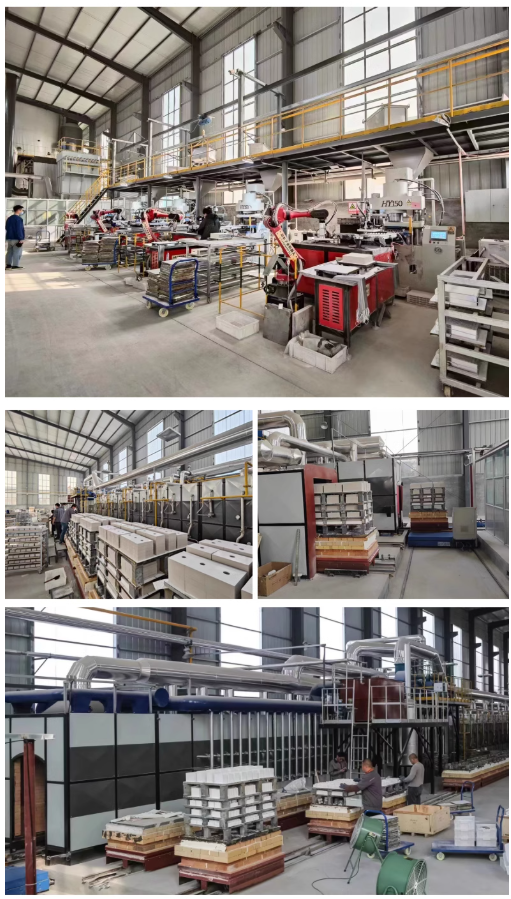
Payment Methods
T/T, Western Union, Paypal, Credit Card etc.
Shipment Methods
By air, by sea, by express, as customers request.
5 FAQs of Industry Whole Alumina Ceramic Crucible
What are alumina ceramic crucibles best for?
They handle very high heat. They resist chemicals too. These crucibles work well for melting metals. They’re good for lab tests. They help in making pure materials. They are strong in tough conditions.
How hot can they get?
They manage up to 1800°C. Some pure types go near 1800°C. Standard ones handle 1700-1750°C safely. Don’t go past the maker’s limit. Too much heat damages them fast.
Why pick alumina over graphite or metal?
Alumina doesn’t react with many chemicals. Graphite can burn in air. Metal melts or corrodes. Alumina keeps your sample pure. It lasts longer in harsh labs. It handles sudden temperature changes better than some ceramics.
How careful must I be handling them?
Avoid hard knocks. They are hard but can crack if hit. Don’t heat them too fast. Warm them up slowly. Let them cool slowly too. Sudden changes cause cracks. Use tongs made for ceramics. Don’t put hot ones on cold surfaces.
How do I clean them after use?
Remove leftover material carefully. Soak in mild acid if needed. Avoid strong alkalis. They can damage the surface. Use warm water and a soft brush. Don’t use metal scrapers. Dry them completely before reheating.
REQUEST A QUOTE
RELATED PRODUCTS
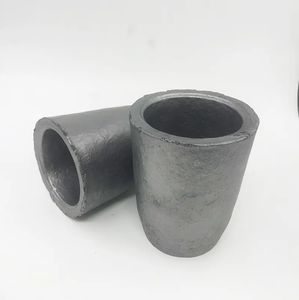
Alumina Ceramic Aluminum Oxide Crucible for Laboratory
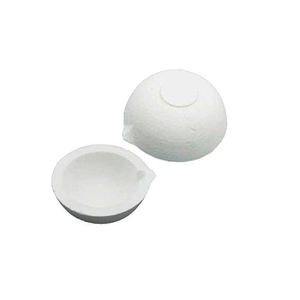
Precious Metal Analysis Assaying Ceramic Crucibles Fire Clay Fire Assay Crucibles and Magnesite Cupels
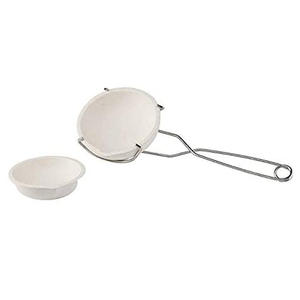
High Temperature PbN Ceramic Crucible Excellent Corrosion Resistant Pyrolytic Boron Nitride Crucible BN Pot
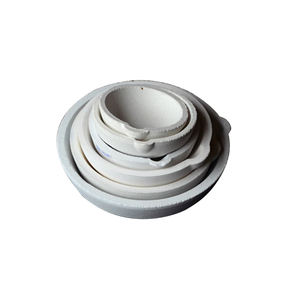
Customized Longer Service Life Silicon Nitride Ceramic Crucible for Melting Aluminum and Alloys
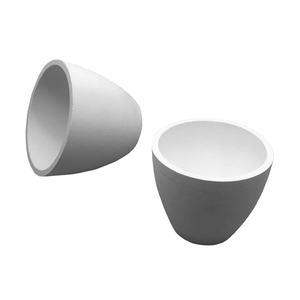
High-temperature Resistant Alumina Ceramic Crucible
